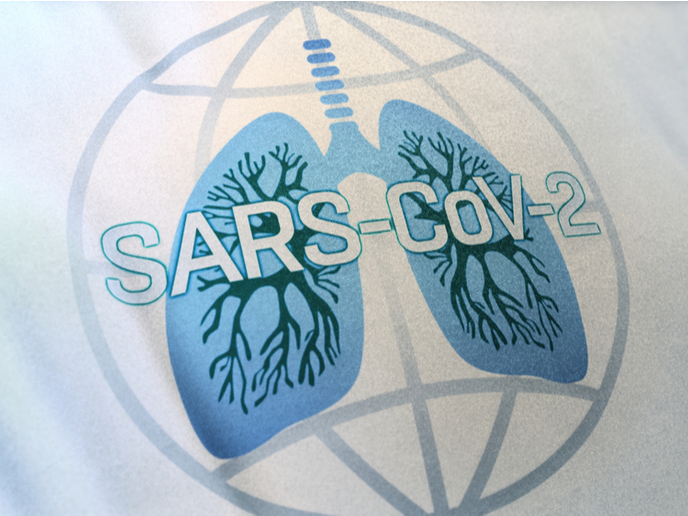New research decrypts the latency phase of human cytomegalovirus infection
Human cytomegalovirus (HCMV) is somewhat of a curiosity. It has spent millions of years co-evolving with our ancestors, has infected the majority of the world’s population, and causes severe diseases in hundreds of thousands of new-borns and immunocompromised adults every year. Yet, while this type of herpes virus seems to know all about us, there is still much we don’t know about it. “Much of our knowledge about the changes occurring in HCMV-infected cells comes from studies focusing on lytic infection – the replication stage of infection that leads to host cell death. Post-transcriptional regulation and the latency phase of infection, in which the patient is asymptomatic, are still poorly understood,” says Noam Stern-Ginossar, ERC grantee leading the Profile Infection (Unravelling changes in cellular gene expression during viral infection) project. Closing these gaps could mean a lot for our understanding of fundamental aspects of virus-host interactions. It would open the door to new treatments and even lift the veil on unknown principles of cell biology. Fortunately enough, the emergence of novel deep-sequencing methods now enables scientists to take on these challenges and take analyses of HCMV biology further than ever before. This is precisely what Stern-Ginossar and her team set out to do. The team’s work consisted in putting these new technologies into practice. As a first step, they used ribosome profiling (deep- sequencing of ribosome-protected mRNA fragments) to identify and monitor gene expression during infection. This enabled the systematic analysis of the resulting proteins with both speed and accuracy. Simultaneously, the team monitored mRNA over the course of infection. They could then globally examine changes in the efficiency of host gene translation during infection. Last but not least, they used advances in RNA-sequencing to probe RNA expression from single cells, for the study of HCMV latency. “This provided us with a unique opportunity to map the viral transcripts expressed in a single infected cell, enabling the discrimination between ‘lytic noise’ and true latency,” Stern-Ginossar explains.
A new paradigm
One of the project’s key discoveries lies in the unexpected similarities between latency-related gene expression and the lytic viral programme – albeit at much lower levels of expression. This is a noticeable move away from the prevailing view of HCMV latency. “It was previously assumed that only a few genes constitute the latency-specific transcriptional programme,” adds Stern-Ginossar. “By applying a systematic and unbiased approach of single cell RNA-sequencing, we overcome the inherent caveats of in vitro model systems and portray a different reality.” In the long run, Stern-Ginossar believes that the project’s molecular dissection of the interplay between virus and host cell during latency will pave the way towards new therapeutic strategies. She and her team also intend to address another key question by the end of the project’s lifetime. “We need to understand what makes the virus latent in some cells but not in others, along with what biological elements govern reactivation from latency,” she notes. This work is already ongoing and will continue once the ERC project is completed. Follow-up plans include the continued quest for the deciphering of host and viral determinants governing latent and lytic infection outcome. “We assume and plan to test whether the same determinants are also involved in reactivation from latency, which is essentially a dormant state. This knowledge will definitely expand the breadth of processes that can be therapeutically targeted to prevent the devastating outcomes of HCMV reactivation,” Stern-Ginossar concludes.
Keywords
Profile Infection, Cytomegalovirus, HCMV, mRNA, lytic, latent, herpes virus







